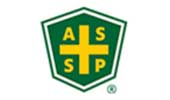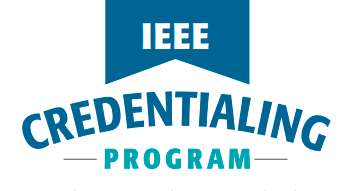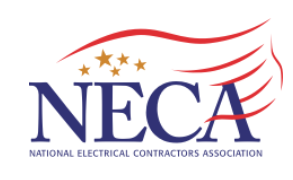Incident Investigation
The e-Hazard Safety Cycle™
Scientific literature strongly emphasizes the need for investigating incidents. The e-Hazard Safety Cycle™ includes incident investigations as a key element. When harm or loss occurs, an incident is known as an “accident”. When harm or loss does not occur, but could have occurred under different circumstances, these types of incidents are known as near misses, sometimes called near hits. Much can be learned from near misses, and they provide the best context for learning, as no harm or loss was incurred by the organization. The “Incident Investigation” element must be integrated into both the “Electrical Safety Program” (ESP) element and the organization’s safety management system.
Envision: Define Investigation Procedures
- a. Define roles and responsibilities of each person involved in the policy drafting phase. Include timelines (see next point on Milestones).
- b. Identify the types of incidents requiring investigations. Workers in the field benefit from specific examples you can provide.
- c. Define a finite number of investigation techniques that will be used (e.g., 5 Whys, Cause and Effect Diagrams). Once the policy is rolled out, training on those investigation techniques will be required.
- d. Use templates for reporting, collecting data/evidence, assigning actions, and tracking.

2. Set milestones for the completion of the organizational policy. It would not be best to set end dates to the process, but rather to clearly define a starting date and establish milestones. As with the other elements, define one person who will be responsible for the organizational policies on incident investigations. Ensure that a diverse mix of skills is included in the process. A safety manager, engineer, and electrician may suffice for most organizations.
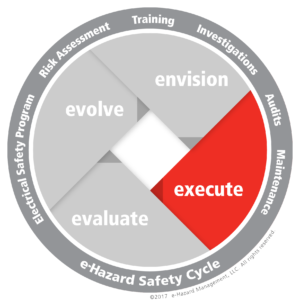
Execute: Train Investigators
1. Engage in training on the organizational policy. At this stage, feedback from workers in the field and management may warrant changes to the draft policy.
2. Assign roles and responsibilitiesto the key role players defined in the policy.
3. Set a date and go live with the policy.
Evaluate: Review Effectiveness of Investigations
- a. Have electrical incidents shown a downward trend? Near miss incidents are often the best indicators. This is due to the fact that they are leading indicators of future accidents (think about the safety triangle, Heinrich or Baird-Germaine Models).
- b. Interview workers in the field. Do they understand the policy, and if so, do they understand their specific roles according to the policy?
- c. Have the program manager (lead author of the policy) be part of an investigation from start to finish. Is the process running as it was envisioned? If not, why not?
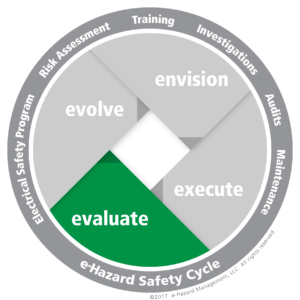
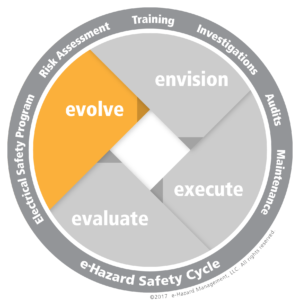
Evolve: Revise Investigation Process
- Engage with key role players and devise an action plan to remediate the findings.
- Don’t just identify a problem and present a working solution; get employee buy-in.
- Ensure that the program manager attends periodic training on trends in incident investigations. At the same time, have knowledgeable persons (electrician, electrical engineers) attend electrical safety conferences to glean knowledge from case histories.
Ready to Get Started?
Join thousands of happy customers who have used our services.

